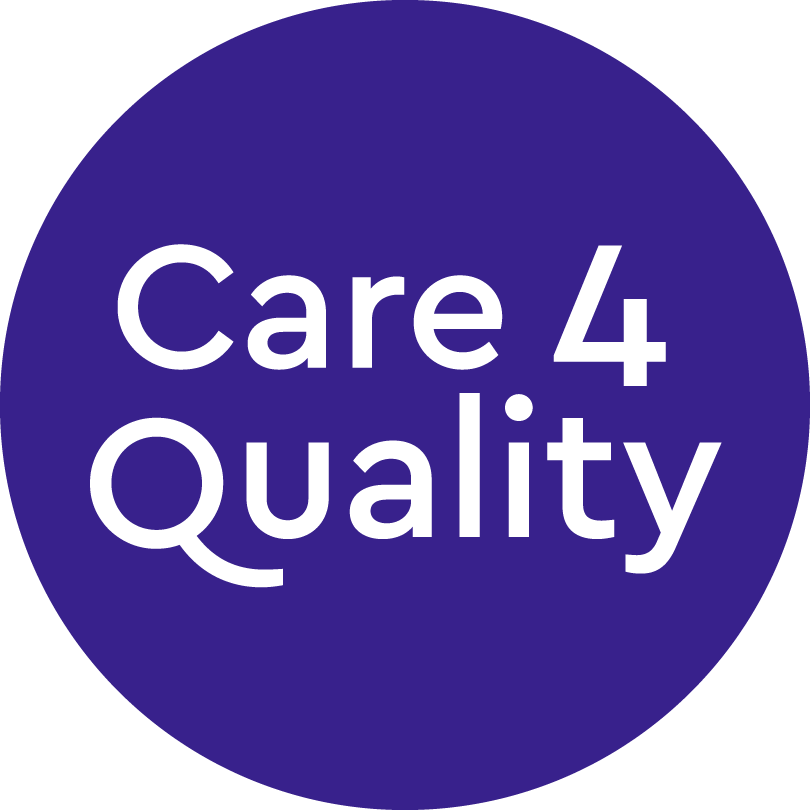Applies to: England
The governments first priority remains to prevent infections in care homes and protect staff and residents. They appreciate the challenges which care homes, as distinct from other health and care settings, face in safeguarding their residents from infection, and the particular risks of outbreaks of infection in care homes.
They recognise how important it is to allow care home residents to safely meet their loved ones, especially for those at the end of their lives. They appreciate the particular challenges visiting restrictions pose for people with dementia, people with learning disabilities and autistic adults, amongst others, as well as for their loved ones.
Directors of Public Health (DPHs) and care providers should follow this guidance to ensure policies for visiting arrangements and decisions are based on a dynamic risk assessment and minimise risk wherever possible.
This requires consideration of:
- the circumstances of the individual care home (for example, its employee availability, resident demographics and outbreak status)
- its individual residents
- its local circumstances (local epidemiological risk, presence of outbreaks in the community)
All decisions should be taken in light of DPHs’ and care providers’ general legal obligations, such as those under the Equality Act 2010 and Human Rights Act 1998, as applicable.
This guidance applies fully to areas with a medium local COVID alert level.
For local areas with a high local COVID alert level (high risk or very high risk), visiting should be limited to exceptional circumstances only such as end of life.
Where visiting is restricted due to the local COVID alert level and if, after an individual assessment of the resident’s circumstances, it is determined that in-person visitation is not appropriate, care homes should support visiting in a virtual manner.
For all care homes in England, this guidance sets out:
- the principles of a local approach and dynamic risk assessment
- advice for providers when establishing their visiting policy
- advice for providers when taking visiting decisions for particular residents or groups of residents
- infection-control precautions
- communicating with family and others about the visiting policy and visiting decisions
This guidance will be updated as the risk posed by coronavirus continues to change.
Provider organisations, managers, family members, volunteers, advocates, informal carers, health professionals and others wishing to visit people in such settings, should check this guidance at regular intervals to ensure they are viewing the most recent version. This guidance supersedes previous guidance on visiting policies for care homes.
See also the guidance for supported living settings.
Guidance for visits out of a care home, for example to a family home, is in development and will be provided shortly.
This process of considering visitors should be led by the relevant local DPH, who should give a regular professional assessment of whether visiting is likely to be appropriate within their local authority, taking into account the wider risk environment.
To limit risk, where visits do go ahead, this should be limited to a single constant visitor, per resident, wherever possible.
There should be an absolute maximum of 2 constant visitors per resident (taking into account individual residents’ circumstances).
This is in order to limit the overall numbers of visitors to the care home and the consequent risk of disease transmission.
Routine awareness of this advised visiting guidance, and any future updates, should be communicated to local Care Provider Associations, local commissioners of care homes, the clinical commissioning group (CCG) infection-control lead and the Public Health England (PHE) local health protection team (HPT). The local outbreak board should also be informed, and the board should proactively keep the advice under review.
The DPH may action these communications themselves or formally request another organisation or individual to act on their behalf.
Where, for whatever reason and at any time, an individual or group of care homes is/are considered to need to restrict visiting, either temporarily or permanently, the DPH should communicate this advice in writing to commissioners of all the relevant care homes, or in the absence of a commissioner, direct to the registered manager as quickly as possible.
To continue reading click here
